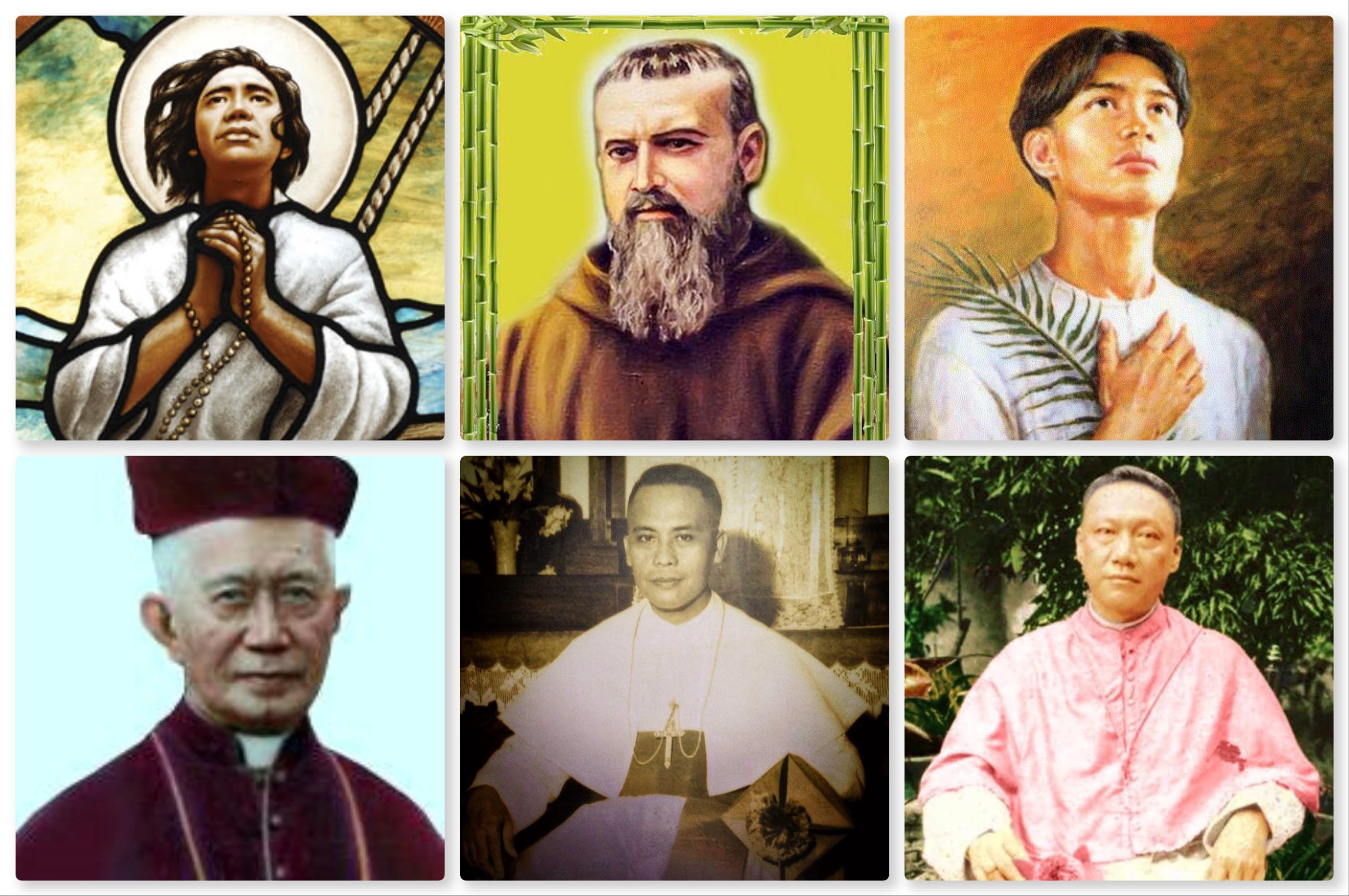
Religion is the cornerstone of faith for most Filipinos as the Philippines remains the third-largest Catholic population in the world with 80 percent of the population identifying themselves as Catholic.
Filipinos gather together in churches where priests preach the Word of God, choirs sing with devotion, and the church itself is adorned with images and mosaics of angels and various saints – a scene held together by a crucified Jesus Christ in the middle of the altar.
Holy Week in the Philippines comes with various traditions, rituals, and practices done by the devotees to commemorate the passion and resurrection of Jesus Christ with a vast number trooping to churches for the Visita Iglesia.
The Vatican lists the path to Sainthood as a 4-step process:
- Begins with being called a Servant of God with the initialization of a Cause for Beatification and Canonization.
- Once the person’s Heroic Virtues have been recognized by the Pope, the person becomes a Venerable Servant of God.
- The Venerable Servant of God is declared Blessed in the beatification rite conducted on the authority of the Supreme Pontiff. Blesseds may receive public veneration at the local or regional level, usually restricted to those dioceses or religious institutes closely associated with the person’s life.
- By the Rite of Canonization the Supreme Pontiff elevates a person to the universal veneration of the Church. By canonization the Pope does not make the person a saint. Rather, he declares that the person is with God and is an example of following Christ worthy of imitation by the faithful. A Mass, Divine Office and other acts of veneration, may now be offered throughout the universal Church.
As the prayerful reflects upon the path to sainthood this Holy Week, Good News Pilipinas presents this guide about the Filipino Saints, Blesseds, and Servants of God:
SAINT LORENZO RUIZ
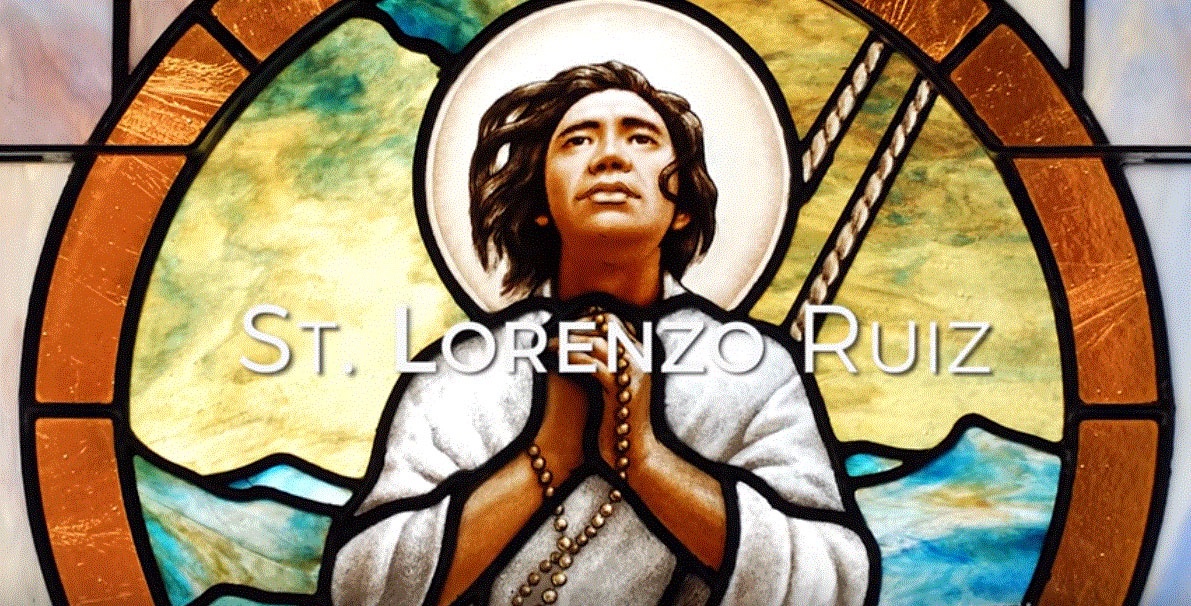
Saint Lorenzo Ruiz is the first native-born Saint and Protomartyr of the Philippines. He was born around 1600 in an in Binondo, Manila. His father is Chinese, his mother is a Filipina, and both were Catholics. He served happily in his parish church as an altar boy and a calligrapher. As a young man, Lorenzo joined the Dominican Confraternity of the Most Holy Rosary. Later, he married Rosario and they had two sons and a daughter.
In 1636, Ruiz’s relatively peaceful life was interrupted abruptly when he was falsely accused of killing a Spaniard. His ecclesiastical superiors were convinced of his innocence; however, they feared an unjust prosecution and so they convinced him to join a missionary expedition. But by the time he arrived in Japan The Tokugawa Shogunate was persecuting Christians. Lorenzo Ruiz and his companions were taken into custody in Nishizaka Hill, on September 27, 1637. They endured many and various cruel methods of torture.
Lorenzo Ruiz told the court that he was a Christian, and must die for God, and wοuld give his life for him a thousand times.
Kahit maging sanglibo man
Ang buhay n’yaring katawan
Pawa kong ipapapatay,
Kung inyong pagpipilitang
Si Kristo’y aking talikdan.
(Had I many thousands of lives I would offer them all for him. Never shall I apostatize. You may kill me if that is what you want. To die for God—such is my will.)
Despite his suffering, Ruiz refused to renounce Christianity and so they slit his temples and hanged him upside-down into a well where he had died. His body was cremated, and the ashes were thrown into the sea.
Three hundred fifty years after his death, Lorenzo Ruiz is beatified by Pope John Paul II during his 1981 papal visit in the Philippines. It was the first beatification ceremony to be held outside the Vatican.
On October 18, 1987 in Vatican City, Lorenzo Ruiz was canonized by the same pope, making him the first Filipino saint.
Ruiz is regarded as a patron saint of the Philippines, Filipino youth, overseas workers, and altar servants.
The Liturgical Feast of Saint Lorenzo Ruiz and Companions is September 28.
The major shrine to St. Lorenzo Ruiz is the Binondo Church in Manila. The Minor Basilica of Saint Lorenzo Ruiz also known as Our Lady of the Most Holy Rosary Parish is in front of Plaza San Lorenzo Ruiz. This church was founded by Dominican priests in 1596 to serve their Chinese converts to Christianity.
SAINT PEDRO CALUNGSOD
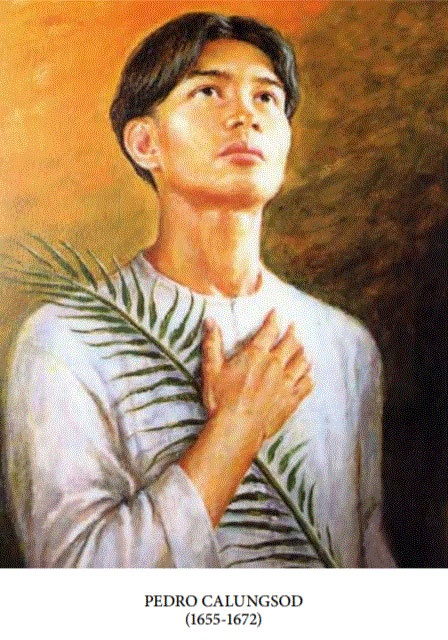
Saint Pedro Calungsod also known as Peter is the second Saint of the Philippines, a Lay Catechist and a Martyr. He was born on July 21, 1654 in the Visayas, Philippines. Pedro Calungsod received basic education at a Jesuit boarding school in Guam, and mastered the Catechism, Spanish language and honed his skills in drawing, painting, singing, acting and carpentry for his missionary work. At the age of 14, he followed a mission group to the Mariana Islands led by the Spanish Jesuits where they converted the Chamorros to the Roman Catholic faith.
On April 2, 1672, Calungsod and Padre Diego Luis de San Vitores went to the village of Tumon, Guam. A Chinese criminal from Manila, named Choco, was exiled in Guam and began spreading rumors about the baptismal water used by missionaries being poisonous. Because of this, the local chief Mata’pang opposed the baptism of infants and faith instruction of the children.
Nevertheless, the missionaries gathered the children and some adults at the nearby shore and proceeded chanting the tenets of the Catholic faith. They invited the local chief, but he shouted back that he was angry with God and was fed up with Christian teachings.
Determined to kill the missionaries, Mata’pang went away and enlisted a pagan named Hirao. While he was away, San Vitores and Calungsod baptized Mata’pang’s baby girl, with the consent of her Christian mother. This made Mata’pang even more furious. He tried to attack Calungsod first with a spear, but he was able to dodge. Pedro Calungsod would have been able to flee, but he did not desert San Vitores. Calungsod could have defeated his attackers with his martial abilities but San Vitores had forbidden his companion to bear arms. A spear pierced Calungsod’s chest and he fell to the ground, then Hirao immediately charged towards him and killed him by breaching a machete to his skull. San Vitores was killed the same way. Their bodies were tied and burdened with a stone and was thrown into the sea.
He was beatified by Pope John Paul II on March 5, 2000 in St. Peter’s Basilica in the Vatican City and was canonized by Pope Benedict XVI on October 21, 2012. Saint Pedro Calungsod is the patron of Filipino youth, altar boys, the Philippines, OFWs, Guam. and the Cebuanos.
April 2 is the Liturgical Feast Day of Saint Pedro Calungsod.
The major shrine to St. Peter Calungsod is the Cebu Archdiocesan Shrine of Saint Pedro Calungsod found in the Archbishop’s Residence Compound, 234 D. Jakosalem St., Cebu City.
BLESSED JOSE MARIA DE MANILA
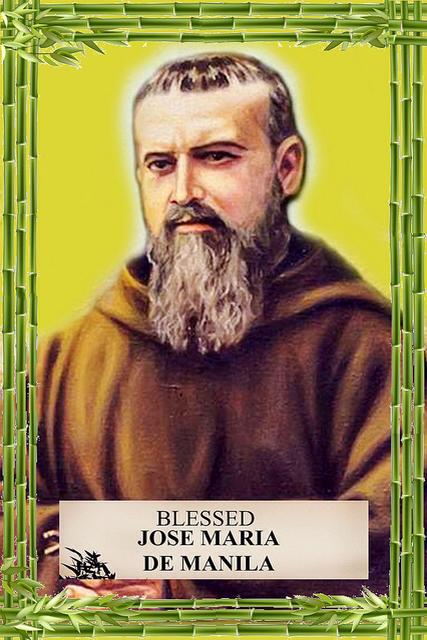
Blessed José María de Manila’s original name was Eugenio del Saz-Orozco Mortera. He was born on September 5, 1880 in Manila. He is a Spanish-Filipino Roman Catholic blessed and was a priest of the Order of Friars Minor Capuchin. He was martyred in the early phase of the Spanish Civil war and is the third Filipino to have been declared blessed by the Roman Catholic Church.
He stayed in the Philippines until he was 16 years old and moved to Spain to pursue further studies. He “remained a Filipino at heart” throughout his years in Spain, desiring to return to the Philippines to serve the local Philippine Church.
He was executed on August 17, 1936 in Madrid, Spain when there was an altercation between the anti-Catholicism and anticlericalism in Spain. The critics accused the Church of conspiring with the government to keep the people poor which led to church properties being seized or destroyed and priests and religious were imprisoned. He was beatified on October 13, 2013 in Tarragona, Spain by Angelo Cardinal Amato.
For more information about Blessed José María de Manila go to the Filipino Saints Gallery in the Manila Cathedral.
VENERABLE SERVANT OF GOD, ALFREDO OBVIAR
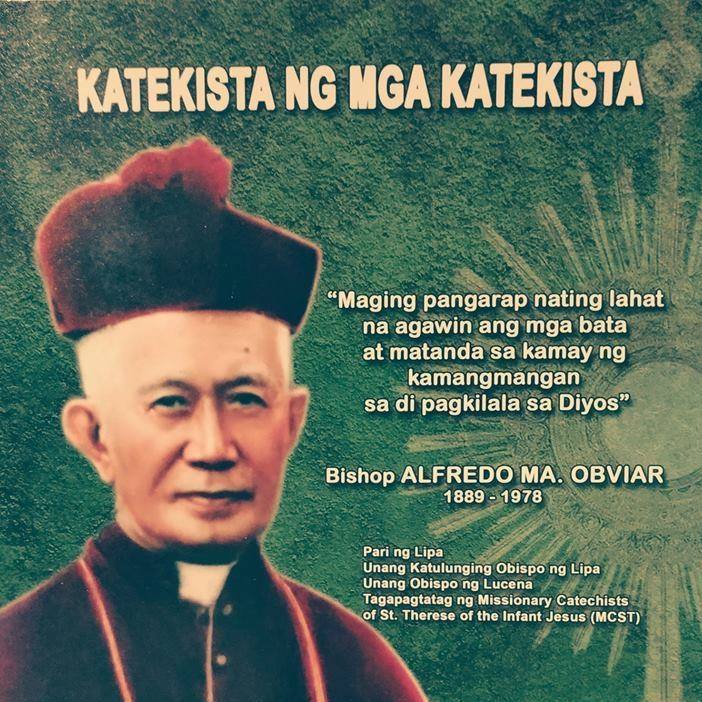
Born on August 29, 1889 in Lipa City, Batangas, the young Alfredo was the only son of the Catholics parents, Telesoro Obviar and Catalina Aranda. Having become an orphan at the early age, he was taken care of by relatives from his mother’s side.
He entered the Jesuit Seminary of San Francisco Javier in 1907. After his graduation in Liberal Arts at the old Ateneo de Manila, he continued for the priesthood in the Seminary of Santo Tomas, he was ordained priest on March 15, 1919.
The Cause for Beatification and Canonization of the Servant of God, Alfredo Obviar was introduced by the Diocese of Lucena and the CCS granted the “Nihil Obstat” (Nothing hinders) to the Diocesan Inquiry of his Life, Fame of Sanctity and Heroic Virtues on March 6, 2001.
After four years, the Decree of Validity was issued on April 27, 2007 marking the start of its “Roman Phase”. In 2014, the “Positio” was submitted and the review of Theologians was concluded in early 2017.
Bishop Alfredo Maria Aranda Obviar was declared Venerable on November 7, 2018.
SERVANT OF GOD, TEOFILO CAMOMOT
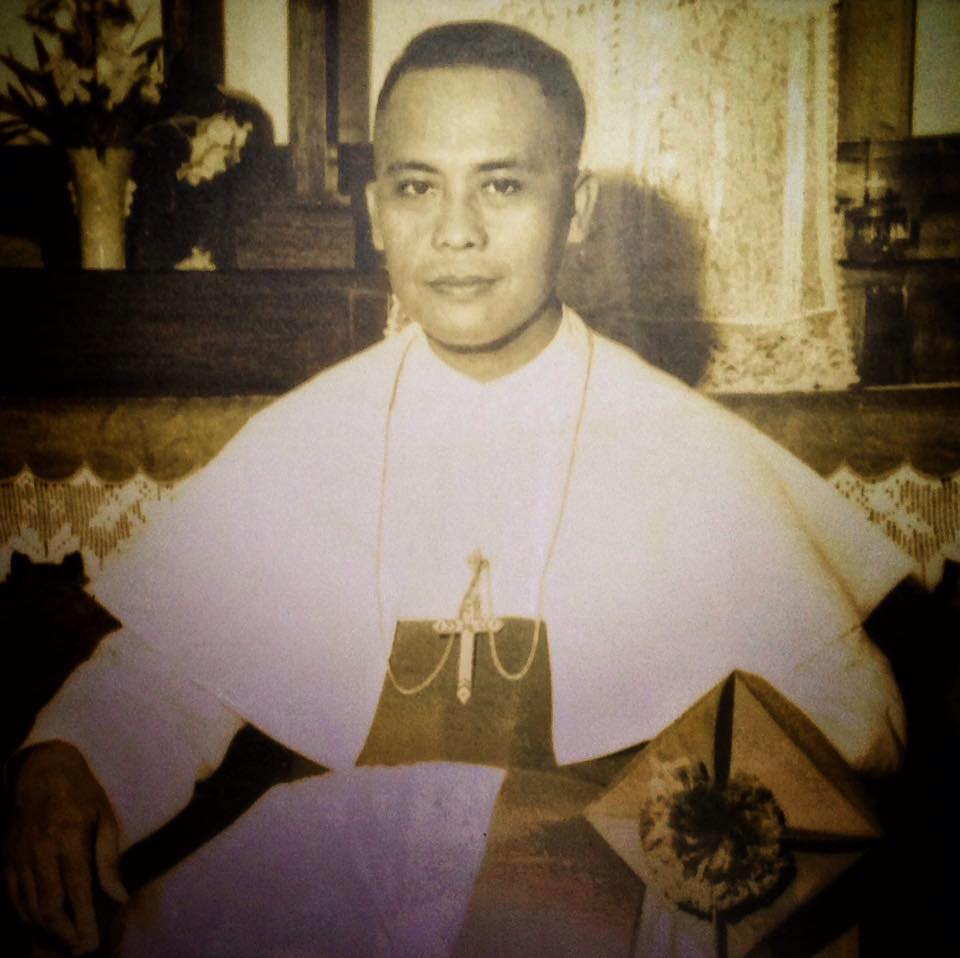
Servant of God, Teofilo Camomot was born on March 3, 1914 and was ordained priest of the Archdiocese of Cebu. He was made Auxiliary Bishop of Jaro on March 23, 1955. Three years after, he was named Titular Archbishop of Marcianopolis and Coadjutor Archbishop of Cagayan de Oro.
The archbishop is respected for his simple lifestyle and love for the poor and also reputed to possess spiritual gifts of healing, reading hearts, bilocation and levitation. He founded the Daughters of St. Theresa in 1960.
Camomot died in a car accident on September 27, 1988. 21 years after his death, his body was found incorrupt at its exhumation.
The late archbishop’s Cause for Beatification and Canonization was introduced by the Archdiocese of Cebu and the “Nihil Obstat” was issued by the CCS on August 20, 2010. The diocesan inquiry was closed on March 2, 2017 and the documents were submitted to the CCS immediately after. On November 9, the CCS has granted the Decree of Validity.
SERVANT Of GOD, ALFREDO VERZOSA
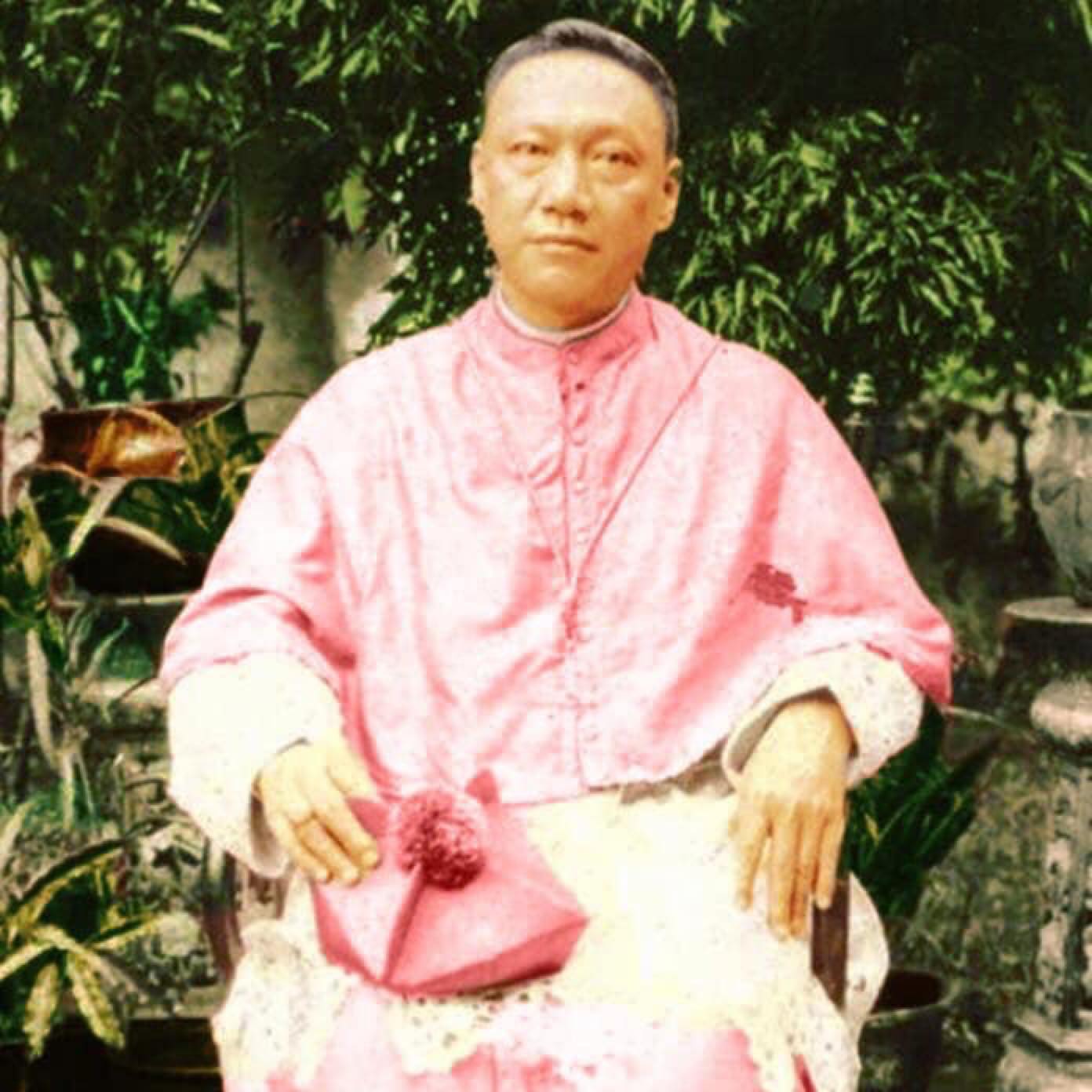
Bishop Alfredo Florentin Verzosa was born on December 9, 1877 in the historic town of Vigan to Don Alejandro Verzosa and Doña Micaela Florentin.
In 1917, Fr. Verzosa was installed first Filipino bishop and second ordinary of the young Diocese of Lipa. He succeeded Bishop Giuseppe Petrelli who also held the post of Apostolic Delegate to the Philippines as shepherd to the flock of a very powerful and wealthy diocese with a very expansive territory.
Bishop Verzosa came to Lipa rich in experience having averted the Aglipayan schism in the parish of Bantay, the stronghold of Aglipayanism in Ilocos Norte while he was a young priest. He took it upon himself to protect, revive and strengthen the Catholic faith wherever he was assigned and devoted all his time to priestly duties. He converted barrio people to the faith, risking his own life in the process.
When he died in 1954, Msgr. Alfredo Verzosa was practically a poor man, having exhausted all his inheritance for his Episcopal ministry, but rich in the sympathy and admiration of pious priests. Still, he died happily with the thought that he had served God and his Queen, the Blessed Virgin Mary and his Church with all his heart and might. His mortal remains were laid to rest in the Cathedral crypt of Vigan, Ilocos Sur.
The Cause for Beatification and Canonization of Former Lipa Bishop the Servant of God, Alfredo Verzosa, was opened on January 11, 2013 at the St. Paul Cathedral in Vigan, Ilocos Sur. The “Nihil Obstat” was granted by the CCS on November 17, 2014. The Diocesan Inquiry was closed on April 2, 2016. After a year and two months, the CCS granted the Decree of Validity on June 2, 2017.
[td_smart_list_end]
With reports from Aurora Quadra Balibay and Aleeyah Jowen Peñafiel
If you have a Filipino Pride story to share or you want us to cover, tag us on social media with #GoodNewsPilipinas
Like, Follow, Subscribe to GoodNewsPilipinas.com Facebook, Twitter, Instagram, Good News Pilipinas! TV on YouTube, new story notifications and e-mail newsletters for updates on more Filipino Pride stories.










